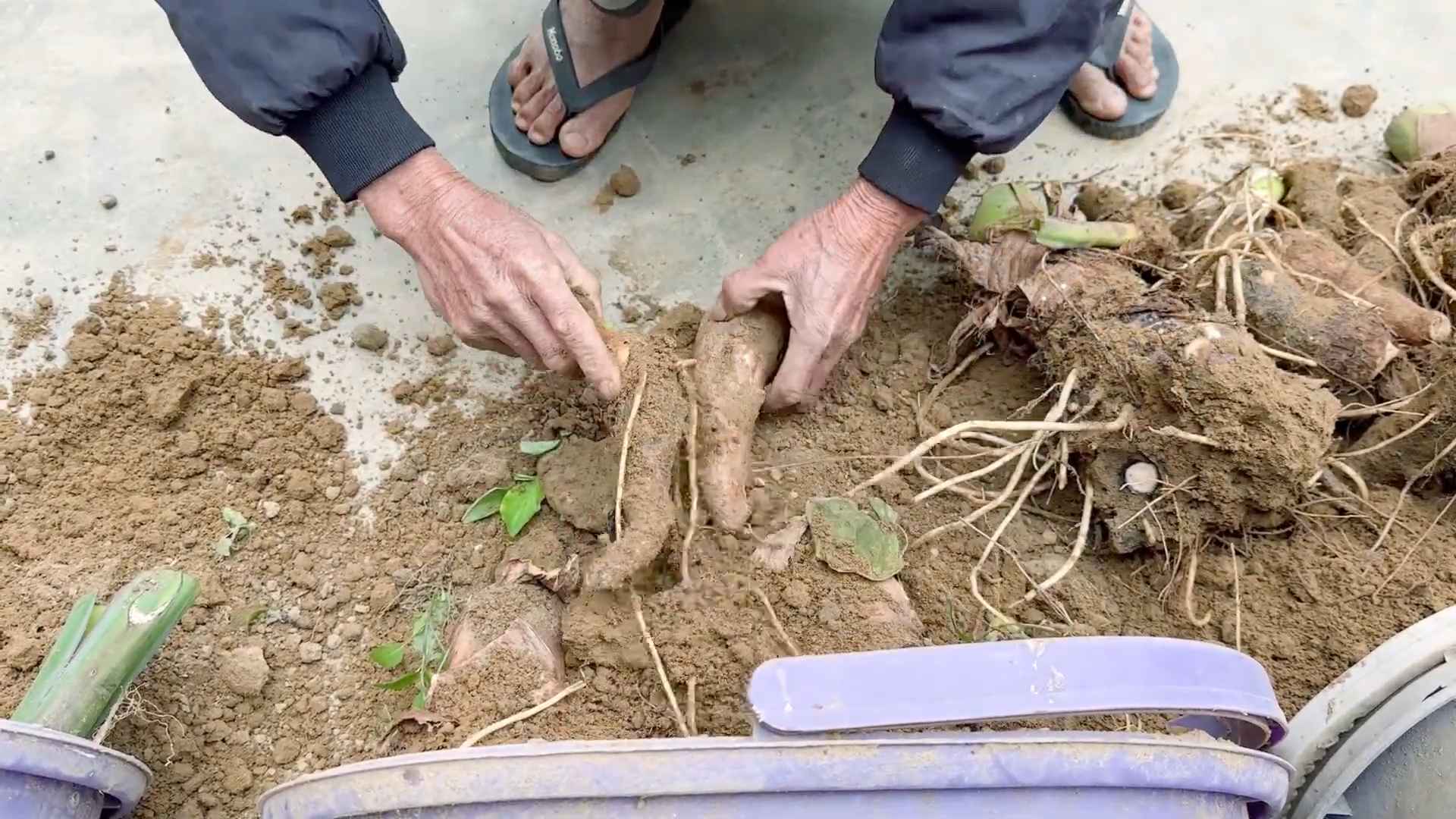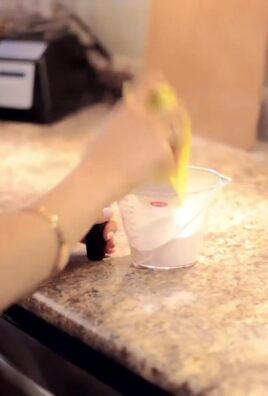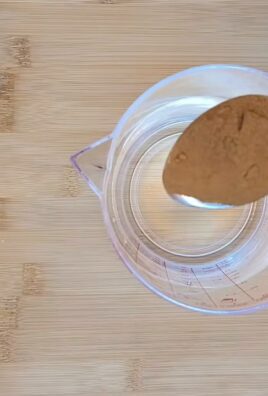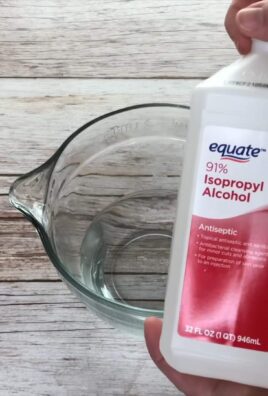Baking soda vinegar experiment: Ever feel like your cleaning routine could use a little… fizz? I know I have! We’ve all been there, staring at a stubborn stain or a grimy surface, wishing for a magical solution that doesn’t involve harsh chemicals or endless scrubbing. Well, what if I told you that the answer might already be sitting in your pantry?
The combination of baking soda and vinegar isn’t just for erupting volcanoes in science class anymore! This dynamic duo has been used for generations as a natural cleaning agent. Think back to your grandmother’s cleaning tips – chances are, she knew a thing or two about the power of this simple, yet effective, combination. It’s a time-tested method, passed down through families, and now, I’m here to share some of my favorite DIY tricks using this powerhouse pairing.
But why should you ditch the expensive, store-bought cleaners and embrace the baking soda vinegar experiment? Because it’s not only incredibly effective at tackling a wide range of cleaning tasks, but it’s also eco-friendly, budget-friendly, and safe for your family and pets. In this article, I’m going to walk you through some amazing DIY cleaning hacks using baking soda and vinegar that will transform your home cleaning routine. Get ready to unlock the cleaning potential of these two common household ingredients!

DIY Volcano: A Classic Kitchen Science Experiment
Alright, let’s dive into a super fun and educational project: building a volcano that erupts right in your kitchen! This is a classic for a reason – it’s engaging, uses simple household ingredients, and teaches some basic science principles. Get ready to get a little messy (in a good way!) and impress everyone with your erupting creation.
Materials You’ll Need
Before we get started, let’s gather our supplies. You probably have most of these already!
* Empty plastic bottle (a soda bottle or water bottle works great)
* Baking soda
* Vinegar (white vinegar is perfect)
* Dish soap (optional, but it makes the eruption extra foamy!)
* Food coloring (red, orange, and yellow for that lava look)
* Water
* Modeling clay or playdough (for building the volcano structure)
* A tray or plate (to contain the eruption)
* Spoon or measuring spoons
* Funnel (optional, but helpful for pouring)
* Safety goggles (recommended, especially for younger scientists)
Building Your Volcano Structure
This is where you get to be creative! We’re going to build the volcano around the bottle.
1. Prepare Your Base: Place your tray or plate on a flat surface. This will catch any overflowing “lava.” Center the empty plastic bottle on the tray. This is the “crater” of your volcano.
2. Mold the Clay: Take your modeling clay or playdough and start molding it around the bottle. The goal is to create a cone shape that resembles a volcano. Start at the base of the bottle and work your way up, gradually narrowing the shape towards the top.
3. Get Creative with the Shape: Don’t worry about making it perfect! Real volcanoes come in all shapes and sizes. You can add ridges, valleys, and other details to make it look more realistic. I like to make mine a little lopsided for a more natural look.
4. Seal the Base: Make sure the clay is sealed tightly around the base of the bottle to prevent any leaks. Press the clay firmly against the bottle.
5. Leave the Opening Clear: Be sure to leave the opening of the bottle clear. This is where the eruption will come from!
6. Let it Dry (Optional): If you want your volcano to be more durable, you can let the clay dry overnight. However, this isn’t necessary for the eruption to work.
Mixing the Lava Ingredients
Now for the fun part – preparing the “lava”!
1. Pour in the Water: Pour about 1/2 cup of warm water into the plastic bottle. You can use a funnel to avoid spills.
2. Add the Dish Soap: Add about a tablespoon of dish soap to the water. This will create a foamy eruption. If you don’t have dish soap, you can skip this step, but the eruption won’t be as dramatic.
3. Add the Food Coloring: Add a few drops of red, orange, and yellow food coloring to the water. This will give your lava that fiery look. You can adjust the amount of food coloring to achieve your desired color. I usually go heavy on the red and a little lighter on the orange and yellow.
4. Mix Gently: Gently stir the water, dish soap, and food coloring together. Be careful not to create too many bubbles at this point.
5. Add the Baking Soda: Now, add about 2 tablespoons of baking soda to the bottle. You can use a funnel to avoid spills. Don’t stir it in yet! We want the baking soda to be ready to react with the vinegar.
The Eruption!
Get ready for the main event!
1. Prepare the Vinegar: Have about 1/2 cup of vinegar ready to pour.
2. Pour in the Vinegar: This is it! Pour the vinegar into the bottle quickly.
3. Watch the Eruption: Stand back and watch the volcano erupt! The baking soda and vinegar will react, creating carbon dioxide gas. The gas will build up pressure inside the bottle, forcing the foamy, colored mixture out of the top, creating a “lava” flow.
4. Repeat the Eruption: If you want to repeat the eruption, simply add more baking soda and vinegar. You may need to add a little more water and dish soap as well.
The Science Behind the Eruption
So, what’s actually happening here? It’s all about a simple acid-base reaction.
* Baking Soda (Sodium Bicarbonate): This is a base, meaning it has a pH higher than 7.
* Vinegar (Acetic Acid): This is an acid, meaning it has a pH lower than 7.
When you mix baking soda and vinegar, they react to form carbon dioxide gas (CO2), water (H2O), and sodium acetate (NaC2H3O2). The carbon dioxide gas is what creates the pressure that forces the “lava” out of the volcano.
The dish soap helps to trap the carbon dioxide gas, creating bubbles and making the eruption foamy. The food coloring simply adds to the visual effect, making the eruption look like real lava.
Troubleshooting Tips
Sometimes, things don’t go exactly as planned. Here are a few troubleshooting tips:
* No Eruption: If your volcano doesn’t erupt, make sure you’re using enough baking soda and vinegar. You may also need to add a little more water. Check that the clay is sealed well around the bottle.
* Weak Eruption: If the eruption is weak, try adding more dish soap. This will create more foam and make the eruption more dramatic.
* Leaking Volcano: If the volcano is leaking, make sure the clay is sealed tightly around the base of the bottle. You can also try adding more clay to reinforce the seal.
* Messy Eruption: This is part of the fun! But if you want to minimize the mess, use a larger tray or plate to catch the overflowing “lava.”
Variations and Extensions
Want to take your volcano experiment to the next level? Here are a few ideas:
* Different Volcano Shapes: Experiment with different volcano shapes. Try building a shield volcano (a broad, gently sloping volcano) or a stratovolcano (a steep-sided, cone-shaped volcano).
* Different “Lava” Colors: Try using different food coloring combinations to create different “lava” colors. You can even add glitter for a sparkly effect!
* Add Sand or Rocks: Add sand or small rocks to the clay to make the volcano look more realistic.
* Measure the Eruption: Use a ruler or measuring tape to measure the height and distance of the eruption. Record your results and compare them for different amounts of baking soda and vinegar.
* Research Real Volcanoes: Learn about different types of volcanoes, where they are located, and how they erupt.
Safety First!
While this experiment is generally safe, it’s always a good idea to take a few precautions:
* Wear Safety Goggles: This will protect your eyes from any splashes.
* Supervise Children: Adult supervision is recommended, especially for younger children.
* Avoid Ingesting Ingredients: Do not eat or drink any of the ingredients.
* Clean Up Spills: Clean up any spills immediately to prevent accidents.
Making it Educational
This isn’t just a fun activity; it’s a great learning opportunity! Here are some ways to make it even more educational:
* Discuss the Science: Explain the chemical reaction between baking soda and vinegar. Talk about acids, bases, and carbon dioxide gas.
* Research Volcanoes: Learn about different types of volcanoes, their formation, and their impact on the environment.
* Create a Presentation: Have your child create a presentation about volcanoes, including information about their structure, types, and famous eruptions.
* Write a Report: Have your child write a report about the experiment, including the materials used, the procedure followed, the results observed, and the scientific explanation.
Final Thoughts
Building a DIY volcano is a fantastic way to combine fun and learning. It’s a simple experiment that can be enjoyed by people of all ages. So gather your supplies, get creative, and prepare for an eruption of knowledge and excitement! I hope you have as much fun building and erupting your volcano as I always do! Remember to experiment, explore, and most importantly, have fun!

Conclusion
So, there you have it! This simple yet powerful baking soda and vinegar experiment is more than just a fun science project; it’s a practical, eco-friendly, and surprisingly versatile solution for a multitude of household needs. From unclogging drains to creating fizzy bath bombs, the possibilities are truly endless.
Why is this DIY trick a must-try? Because it’s effective, affordable, and readily accessible. You likely already have baking soda and vinegar in your pantry, making it a convenient alternative to harsh chemical cleaners. Plus, it’s a fantastic way to reduce your environmental impact by opting for a natural and biodegradable solution.
But don’t stop there! Feel free to experiment and adapt this basic formula to suit your specific needs. For instance, when unclogging drains, try adding a cup of boiling water after the initial reaction to further flush out any remaining debris. You can also enhance the cleaning power by adding a few drops of essential oils like tea tree or lemon for their antibacterial and deodorizing properties.
Another exciting variation is creating homemade bath bombs. Combine baking soda, citric acid (easily found online or in health food stores), Epsom salts, essential oils, and a touch of food coloring. The baking soda and vinegar (in the form of citric acid) will create that delightful fizzing action, while the other ingredients provide soothing and aromatic benefits.
Beyond cleaning and bath bombs, consider using a baking soda and vinegar paste to remove stubborn stains from surfaces like countertops or grout. The gentle abrasive action of the baking soda, combined with the acidity of the vinegar, can effectively lift away dirt and grime without damaging the underlying material.
We truly believe that this baking soda and vinegar experiment is a game-changer for anyone looking for a natural and effective way to tackle various household tasks. It’s a testament to the power of simple ingredients and a little bit of ingenuity.
Now, it’s your turn! We encourage you to try this DIY trick and discover its many benefits for yourself. Don’t be afraid to experiment with different variations and find what works best for you. And most importantly, we want to hear about your experience! Share your tips, tricks, and success stories in the comments below. Let’s create a community of DIY enthusiasts who are passionate about natural and sustainable solutions.
We are confident that once you experience the magic of baking soda and vinegar, you’ll wonder how you ever lived without it! So, grab your ingredients, get ready to experiment, and prepare to be amazed by the power of this simple yet effective DIY solution.
Frequently Asked Questions (FAQ)
What exactly happens when baking soda and vinegar are mixed?
When baking soda (sodium bicarbonate) and vinegar (acetic acid) are combined, they undergo a chemical reaction. Baking soda is a base, while vinegar is an acid. This reaction produces carbon dioxide gas, water, and sodium acetate. The carbon dioxide is what causes the fizzing and bubbling that you observe. This fizzing action is what makes it effective for unclogging drains and loosening dirt.
Is it safe to use baking soda and vinegar together?
Yes, it is generally safe to use baking soda and vinegar together for cleaning and other household purposes. However, it’s important to remember that the reaction produces carbon dioxide, so it’s best to use it in a well-ventilated area. Avoid using it in completely sealed containers, as the pressure from the gas could cause them to burst. Also, never mix baking soda and vinegar with other cleaning products, especially bleach, as this could create dangerous fumes.
Can I use any type of vinegar for this experiment?
While white vinegar is the most commonly used type for cleaning and DIY projects, you can technically use other types of vinegar, such as apple cider vinegar or cleaning vinegar. However, white vinegar is generally preferred because it is inexpensive, readily available, and has a higher acidity level than other types of vinegar, making it more effective for cleaning. Cleaning vinegar is even more acidic than white vinegar and is specifically formulated for cleaning purposes.
How much baking soda and vinegar should I use?
The ratio of baking soda to vinegar can vary depending on the specific application. For unclogging drains, a common ratio is 1/2 cup of baking soda followed by 1 cup of vinegar. For cleaning surfaces, you can create a paste by mixing baking soda with just enough vinegar to form a thick consistency. For bath bombs, the ratio will depend on the other ingredients used, so it’s best to follow a specific recipe.
Will baking soda and vinegar damage my pipes?
When used in moderation, baking soda and vinegar are generally safe for pipes. However, it’s important to avoid using them too frequently or in excessive amounts, as the repeated reaction could potentially corrode older or weaker pipes over time. If you have concerns about your pipes, it’s always best to consult with a plumber.
Can I use baking soda and vinegar to clean everything?
While baking soda and vinegar are versatile cleaning agents, they are not suitable for all surfaces. Avoid using them on delicate surfaces like marble, granite, or waxed wood, as the acidity of the vinegar can damage these materials. It’s always a good idea to test the solution on a small, inconspicuous area first to ensure that it doesn’t cause any discoloration or damage.
How can I make the baking soda and vinegar solution smell better?
The smell of vinegar can be off-putting to some people. To improve the scent, you can add a few drops of your favorite essential oils to the mixture. Lemon, lavender, tea tree, and eucalyptus are all popular choices for their pleasant aromas and antibacterial properties. You can also infuse the vinegar with citrus peels or herbs for a more natural fragrance.
What are some other uses for baking soda and vinegar?
Besides unclogging drains, cleaning surfaces, and making bath bombs, baking soda and vinegar can be used for a variety of other purposes, including:
* Deodorizing refrigerators and freezers
* Removing stains from clothing
* Cleaning coffee makers and kettles
* Polishing silverware
* Neutralizing odors in carpets and upholstery
* Cleaning microwave ovens
How long does the baking soda and vinegar reaction last?
The baking soda and vinegar reaction is relatively quick, typically lasting only a few minutes. The fizzing and bubbling will subside as the carbon dioxide gas is released. Once the reaction has stopped, you can proceed with rinsing or cleaning as needed.
Where can I find more information about using baking soda and vinegar for cleaning?
There are numerous resources available online and in libraries that provide detailed information about using baking soda and vinegar for cleaning and other household purposes. You can also find many DIY recipes and tutorials on websites and social media platforms dedicated to natural cleaning and sustainable living.




Leave a Comment